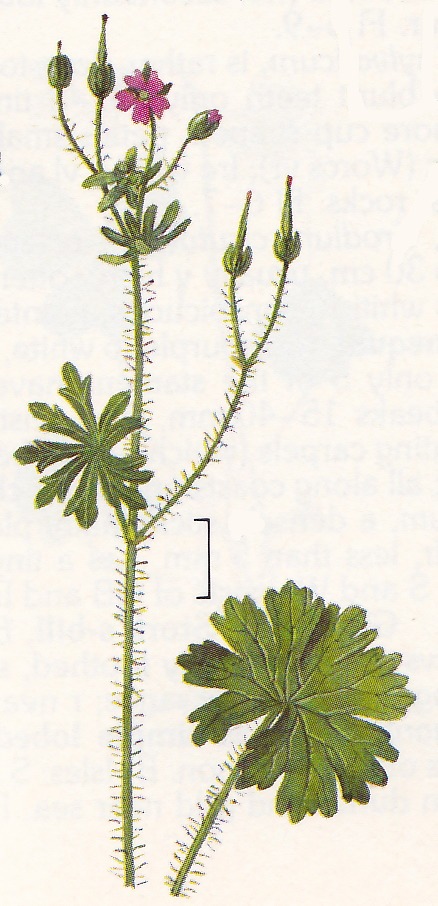ja·bo·ti·ca·ba (zha bot´i ka´bə) n. 1 any of four species of large cauliflorous shrub or small tree native to Minas Gerais in Brazil (Myrciaria cauliflora (Mart.) O.Berg, M. jaboticaba (Vell.) O.Berg, M. peruviana (Poir.) Mattos var. trunciflora (O.Berg) Mattos, or M. tenella (DC.) O.Berg, all of the Myrtaceae), each bearing opposite dark-green coriaceous leaves, and many white flowers along their woody stems. The fruit is an edible berry about 2.5cm in diameter, borne upon a short stipe deriving from the stem. The shrubs are becoming widely-cultivated. 2 the fruit of these species. [< Pg. < Tupi iauoti kaua bearing black fruit upon branches]
ja·ca·ran·da (ja´ka ran dä´ or ja´ka ran´də (or ha´ka-)) n. 1 any tree of the South American genus Jacaranda Juss. (of the Bignoniaceae), often bearing colourful flowers and fragrant and ornamental wood, and now widely-cultivated. 2 the wood of these species; rosewood. 3 a drug obtained from one species (J. lancifolia Cortés, of the Bignoniaceae). [< Tupi jacarandá]
ja·cinth (ja´sinth) n. obs. hyacinth. [< ME jacent, iacynth < OF iacinthe < LL iacinthus < L hiacinthus, hyacinthus < Gk. hyákinthos ὑάκινθος] —ja·cin´thine, n. adj.
ja·ci·ta·ra (ja´si tä´rə) n. either of a pair of climbing palms bearing spiky enations (Desmoncus orthacanthos Mart. and D. polyacanthos Mart., both of the Arecaceae), and both native to Brazil and the adjoining Caribbean. [Tupi]
jade plant n. a low succulent shrub native to South Africa (Crassula ovata E.Mey. ex Harv. & Sond., of the Crassulaceae), and which is often cultivated as a house plant. It is notably capable of reproduction from cuttings, even from as little as a single leaf. [from the distinctive leaf and shoot colour, which resembles the precious stone of the same name]
jam-tarts (jam´tärts´) n. a low cranesbill of northern Eurasia (Geranium molle L. of the Geraniaceae), bearing light-purple flowers; culverfoot; dove’s-foot; starlights.
Japanese chinquapin n. a mid-size tree native to eastern Asia (Castanopsis cuspidata (Thunb.) Schottky, of the Fagaceae), bearing acute ovate coriaceous leaves, and noted as a host of the edible fungus shiitake.
Japanese garden n. a formal ornamental garden which is composed of plants such as bamboo, pine, and mondo grass, in æsthetic mixture with pools of water, paths, stones, bridges, and pavilions. Patterned sand raking is often an aspect of such a garden. Its cultivation is subject to an apprenticeship system.
jardin de refuse (zhäɾ dang´ de re fūz´) n. a small terrain which is employed as a temporary lodging for living plants which have not been planted in formal gardens, but which the gardener cannot conceive of discarding. [F jardin de refuse garbage garden]
jas·mine (djaz´mən) n. 1 a shrub or climber native to Eurasia, Africa, and Australia (Jasminum L., of the Oleaceae), chiefly in tropical habitats, and bearing opposite leaves and very fragrant blossoms in few-flowered cymose inflorescences. It is cultivated as an ornamental, as well as for its flavour or odour in tea and perfumes. 2 any of a number of other genera, not necessarily related, but which suggest the jasmine flower or its odour. [< F jasmin < Ar. yāsamīn < Pers. yāsamīn gift from God]
ja·ta·man·si (ja´ta man´sē) n. 1 spikenard (Nardostachys grandiflora DC., of the Valerianaceae), native to Nepal, bearing rhizomes which resemble skeins of hair. 2 the essential oil of this plant, obtained from the rhizomes, and much used in perfumery, aromatherapy, and medicinal remedies. [< Sanskrit jatamansi whose flesh is like a dreadlock]
jellyfish tree n. a single species which comprises a distinct family of trees endemic to the Seychelles (Medusagyne oppositifolia Baker, of the Medusagynaceae). The tree, able to reach 10m in height, bears relatively large opposite coriaceous leaves, and small flowers in terminal racemes of either male or perfect flowers. It is native to very humid locales, although typically found upon rocky substrate. The multicarpellate pistil somewhat suggests a jellyfish.
jes·sa·mine (djes´ə min) n. a climber now widely native in Eurasia (Jasminum officinale L., of the Oleaceae), bearing opposite acute imparipinnate leaves and very fragrant blossoms in few-flowered cymose inforescences; jasmine. It possibly originates from either Persia or India, and is cultivated as an ornamental, as well as for its flavour or odour in tea and perfumes. It is the national flower of Pakistan. [< OF jessemin < Ar. yāsamīn < Pers. yāsamīn gift from God]
jo·jo·ba (Hō Hō´bä) n. a shrub native to northern Mexico and southwest California (Simmondsia californica Nutt., of the Simmondsiaceae), having leathery leaves and closely related to box; goat-nut. Its edible seeds, borne in capsules, are harvested to extract their oil which is of use in cosmetics and as a structural restorative of hair. [< Sp.]
June grass n. a grass native to Europe and growing in rich soils of the northern continents (Poa pratensis L., of the Poaceae), and valuable for meadows, pastures, and lawns; Kentucky bluegrass.

